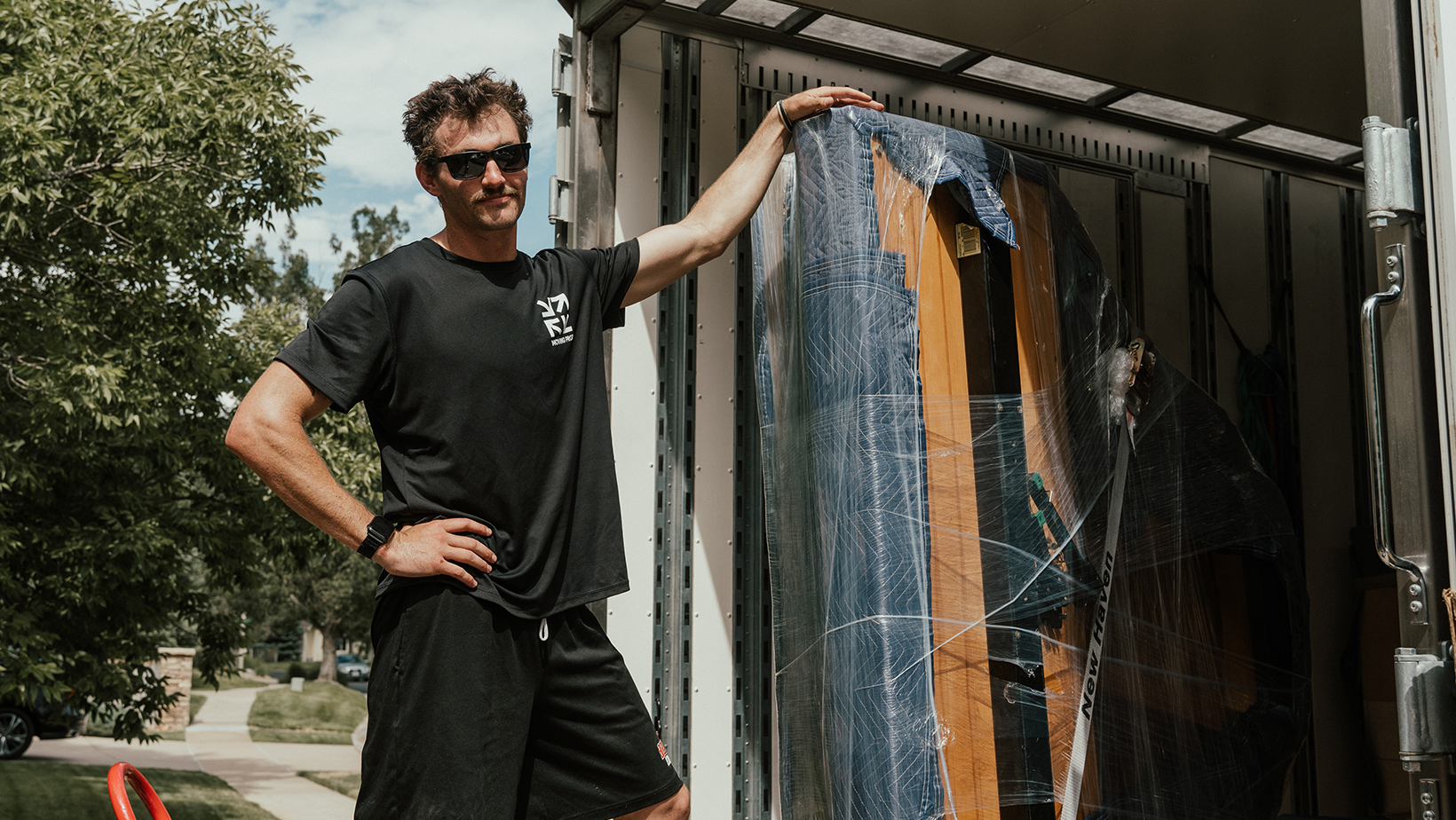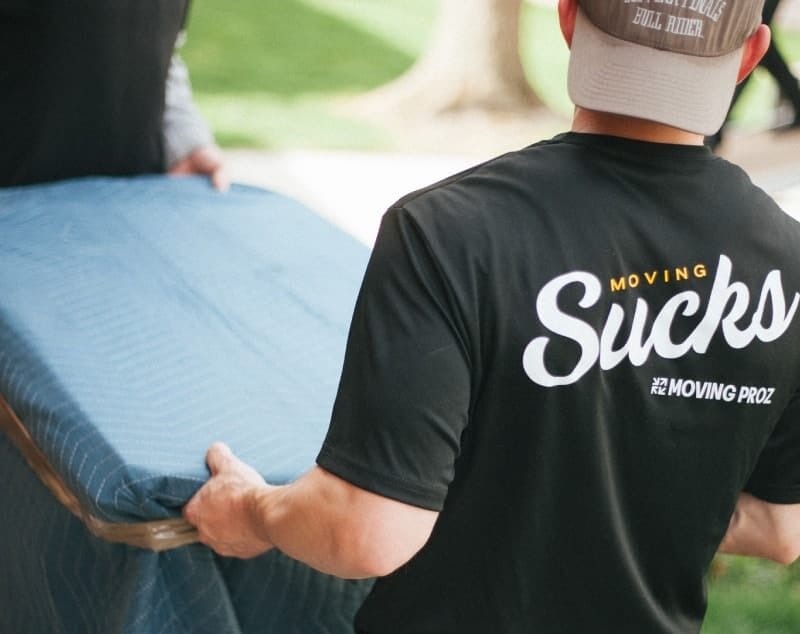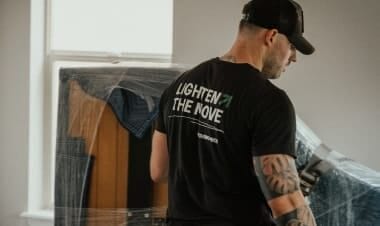Moving a piano is no small task. These large, heavy, and delicate instruments require special handling to prevent damage and ensure safe transport. Whether you’re moving across town or across the country, hiring professional piano movers is the best way to protect your investment.
Moving Proz specializes in piano moving in Kansas City and Denver, ensuring your prized instrument arrives safely at its new home. Here are four major challenges of moving a piano and why hiring professionals is the best choice.
1. Size and Weight – A Heavy Burden
Even smaller pianos are incredibly heavy. Console pianos typically weigh between 300 and 400 pounds, while grand pianos can exceed 1,000 pounds. Moving such weight without the right equipment can lead to injuries or serious damage.
What Makes It Difficult?
- Pianos lack proper gripping areas, making lifting awkward.
- The weight is unevenly distributed, one side (the keys) is significantly lighter.
- Moving such a heavy item without professional help increases the risk of injury or damage.
📌 Solution: Professional movers use dollies, padding, straps, and lifting techniques to ensure safe transportation without risking harm to the movers or the piano.
2. Tight Spaces and Entryway Challenges
Getting a piano out of a house isn’t always straightforward. Standard doorways, hallways, and staircases can pose significant obstacles.
Common Obstacles Include:
- Narrow doorways or hallways that restrict movement.
- Sharp corners that make turning difficult.
- Uneven outdoor paths that increase the risk of tipping.
📌 Solution: Expert movers assess the best exit strategy in advance. If a standard door doesn’t work, they may use sliding doors, French doors, or even cranes to remove the piano safely.

3. Stairs and Weather Conditions
Pianos and stairs don’t mix well. Moving a piano up or down staircases is one of the most dangerous parts of the job. Each step presents a risk of dropping the instrument or causing injury.
Stairs – The Biggest Challenge
Navigating stairs with a piano is extremely difficult due to its weight and size.
- Tight stairwells, sharp turns, and hand railings make movement tricky.
- Carrying a piano upstairs requires significant manpower and precision.
- Movers often charge extra for stairs due to the added difficulty and risk.
Weather Risks for Pianos
- Extreme heat and humidity can cause wood to expand or warp.
- Cold temperatures may affect the internal components and tuning.
- Moisture exposure can damage the finish and soundboard.
📌 Solution: If moving in extreme weather, opt for climate-controlled moving trucks to protect the piano’s condition. Professional movers will also take extra precautions when navigating stairs to prevent accidents.
4. Fragile Parts and Special Handling
Pianos are delicate instruments with up to 7,000 moving parts. Even minor damage can impact their sound and functionality.
What Can Go Wrong?
- Keys, pedals, and internal components can break during transport.
- Placing a piano in the wrong position inside the truck can cause damage.
- Bumps, tilts, and sudden movements can affect tuning and performance.
📌 Solution: Professional movers use disassembly techniques when necessary, wrapping fragile parts to ensure safe transport. They also secure the piano inside the truck to prevent shifting.

Additional Factors to Consider When Moving a Piano
5. Preparing Your Piano for Moving
What you can do before the movers arrive:
- Secure the lid to protect the keys.
- Remove all accessories (sheet music, metronomes, covers).
- Clear a pathway for the movers to work efficiently.
- Take photos for reference in case of damage claims.
6. Choosing the Right Piano Movers
Not all moving companies are equipped to handle pianos. Ask these questions before hiring:
- Do you have experience moving pianos?
- Are you insured for piano transportation?
- What equipment will you use?
- Have you moved my type of piano before?
🚨 Red Flags to Watch For:
❌ Movers who lack experience with pianos.
❌ Companies that don’t provide insurance coverage.
❌ Quotes that seem too cheap—quality matters!
7. What to Do After Your Piano is Moved
After relocation, your piano needs time to adjust to its new environment.
Post-Move Checklist:
- Let it sit for a few days before playing to allow temperature and humidity adjustments.
- Schedule a tuning session since most pianos go out of tune after being moved.
- Check for visible damage and document any issues.
Hire Professional Piano Movers in Kansas City or Denver
Moving a piano requires skill, experience, and the right equipment. At Moving Proz, we specialize in piano moving, ensuring your instrument is transported safely and securely.
📞 Call us today for a free quote and let us handle your piano move with expert care!
